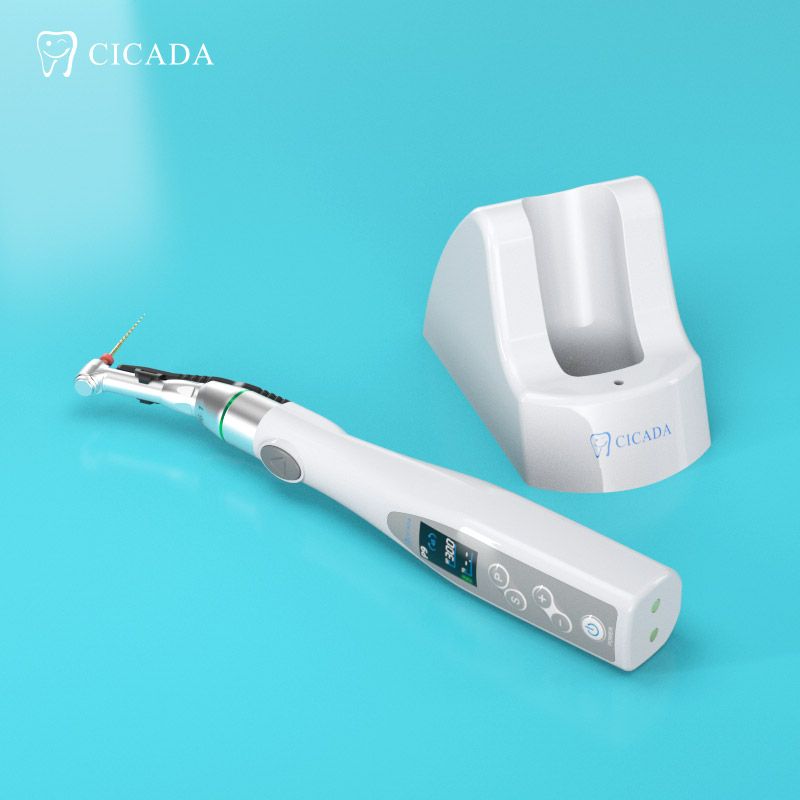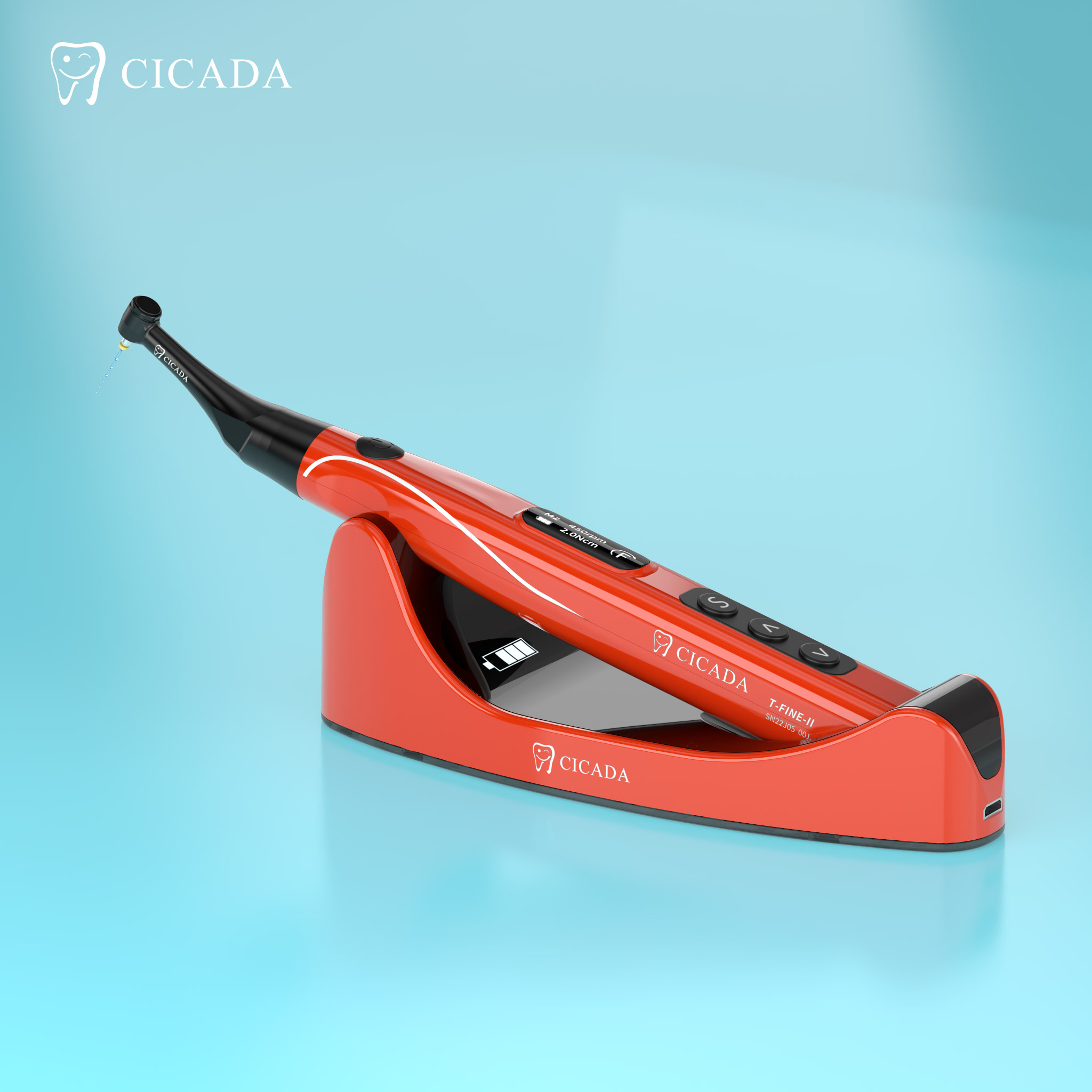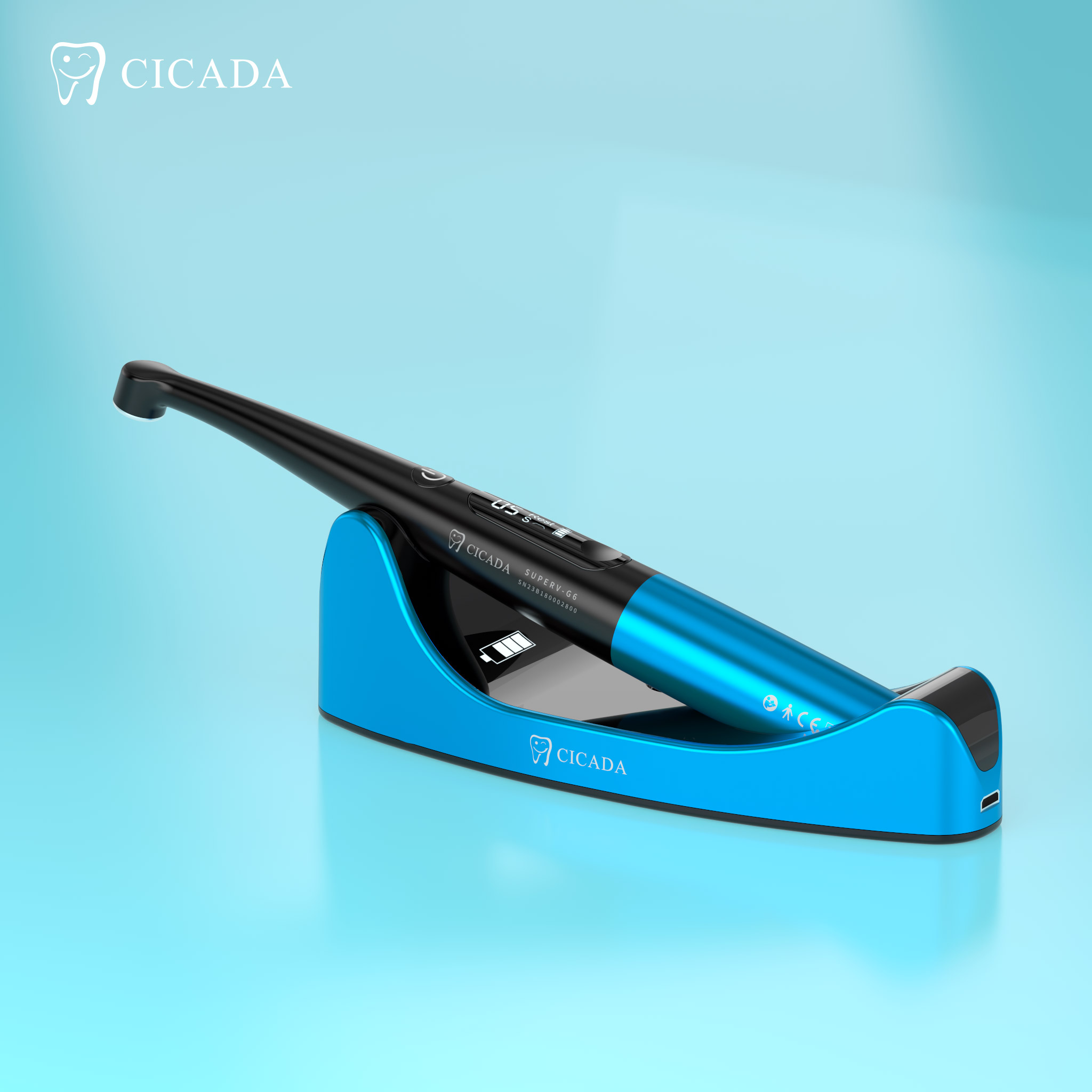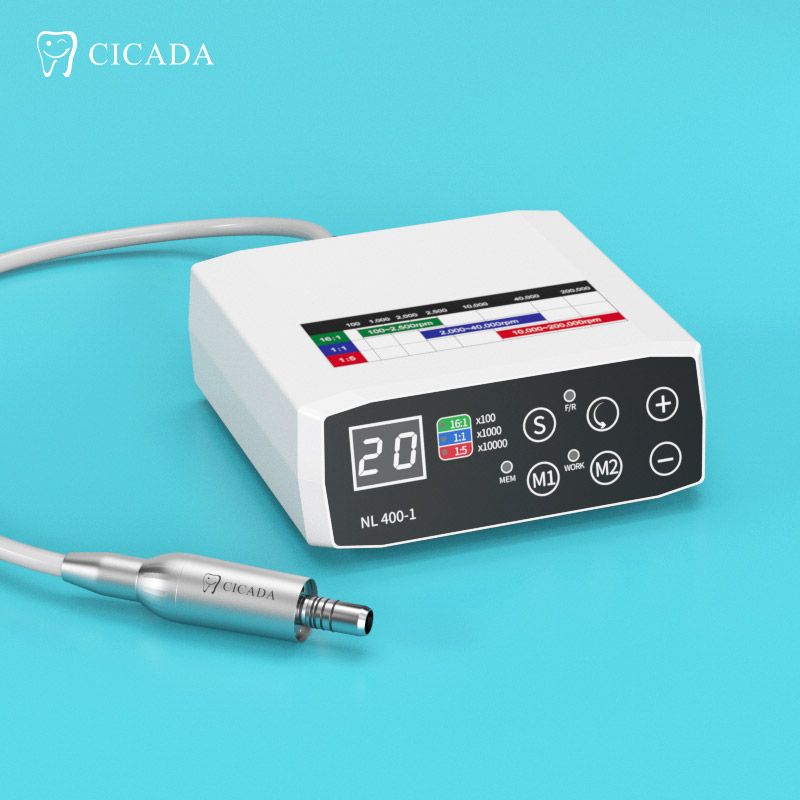Root canal treatment is a common dental procedure used to treat infected or damaged tooth pulp. It involves removing the infected tissue and filling the root canal space to prevent further infection.
The success of a root canal largely depends on the skill of the dentist and the tools used during the procedure. One such tool that has revolutionized the field of endodontics is the endo motor.
Endo Motors
An endo motor is a device used in root canal therapy to aid dentists in performing precise and efficient procedures. It typically consists of a handpiece and a motor that controls the rotation and speed of the dental files used during the treatment.
Endo motors offer several advantages over manual instrumentation, including improved accuracy, reduced procedural time, and enhanced patient comfort.
Endo Motor - T-Fine-II CC (Color Screen )
● Lightweight, ergonomic design, easy to carry.
● With 16:1 electric contra angle
● It could store 9 programs. The parameter could be preset or modified according to actual operation. P1-P6 for endo treatment mode, P7 for polishing mode, P8 for taking the broken file mode, and P9 for reciprocating mode.
● The equipment will auto-reverse or auto reverse & stop, auto-stop according to different torque and resistance.
● Use soft starting and stop, provide convenient operation, and protect the file from breaking when suffering instant impact.
● Electric contra angle is autoclave sterilization up to 135℃.
● Built-in recharging and high-capacity battery not only brings the convenience of replacing the battery but also save the cost.




Can Endo Motors Be Used for All Types of Root Canals?
When it comes to the types of root canals, there are various complexities that dentists encounter. These can include variations in root canal anatomy, calcification, curved canals, and narrow spaces. While endo motors can be used in a wide range of cases, their suitability may depend on the specific characteristics of the root canal being treated.
In straightforward cases with straight canals and minimal curvature, endo motors are highly effective. They provide excellent control and enable dentists to achieve precise shaping and cleaning of the root canal. The motor's adjustable speed and torque settings allow for customization based on the tooth's condition, enhancing treatment outcomes.
However, in more complex cases, such as severely curved or calcified canals, the use of endo motors may be limited. The flexibility of the endodontic files and the ability of the motor to negotiate challenging anatomy play a crucial role in such situations. Dentists may need to rely on manual techniques or alternative rotary systems specifically designed for these complex cases.
The Skill and Experience of the Dentist Contribute to the Success of the Treatment
It is important to note that while endo motors can facilitate many root canal treatments, the skill and experience of the dentist remain paramount. The dentist's ability to assess the root canal's complexity and make appropriate treatment decisions is crucial for successful outcomes. In some cases, a combination of both manual and motor-driven techniques may be necessary to achieve the desired results.
Advancements in endodontic technology continue to improve the capabilities of endo motors. Some newer models feature advanced features like adaptive motion technology, which adjusts the motor's performance in real-time based on the resistance encountered during instrumentation. These innovations aim to address the limitations posed by complex root canal anatomy and provide greater control and efficiency.
Final Thought
While endo motors are valuable tools in modern endodontics, their universal applicability to all types of root canals may not be absolute.
Straightforward cases with minimal anatomical complexities can benefit greatly from the precision and efficiency provided by endo motors.
However, complex cases may require additional techniques or specialized rotary systems to overcome challenges posed by curved canals, calcification, or narrow spaces.
Dentists must carefully assess each case's characteristics and select the most appropriate tools and techniques to achieve optimal outcomes for their patients.






